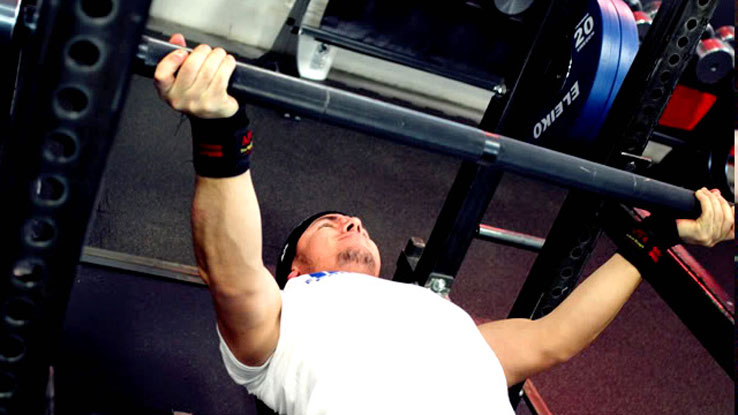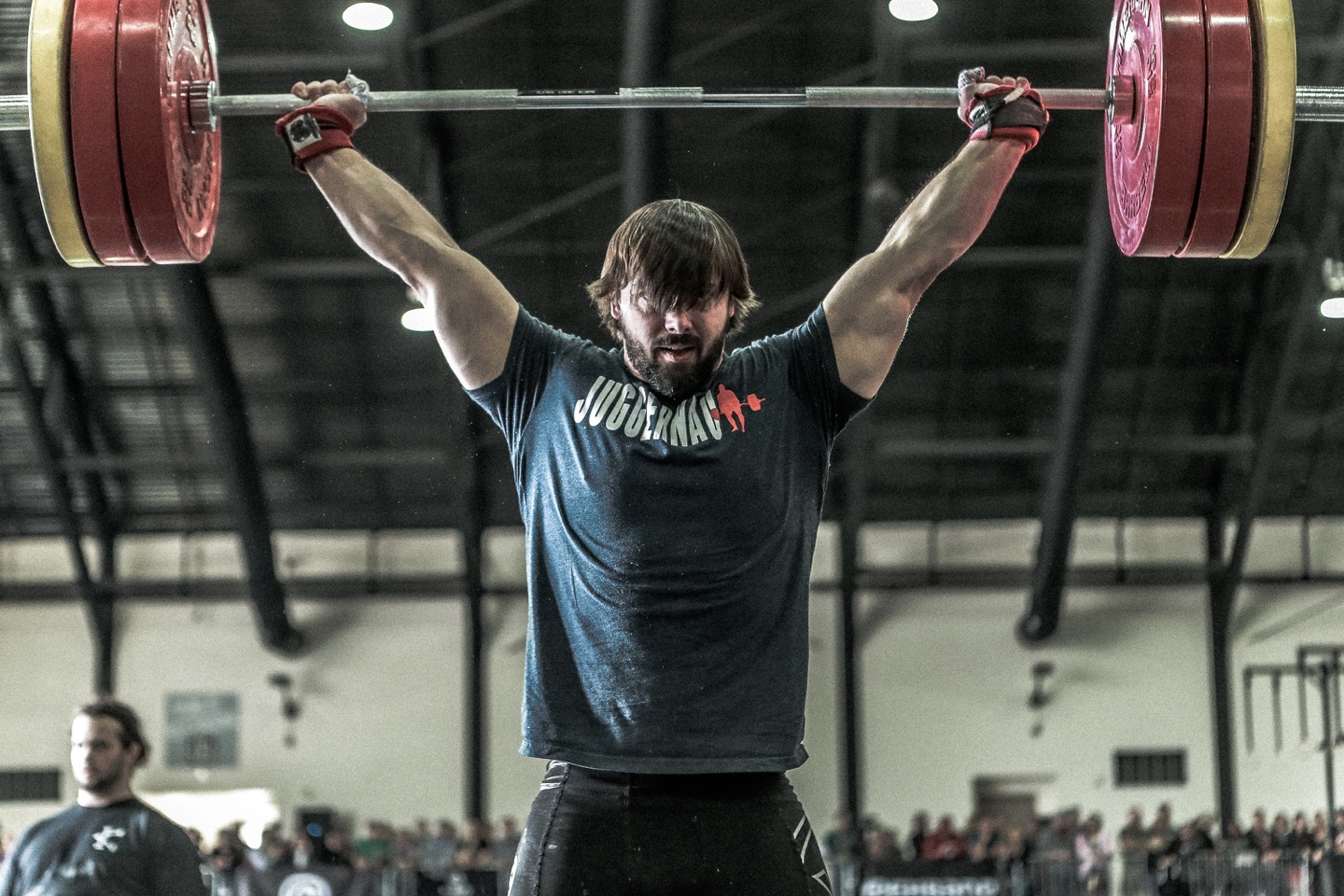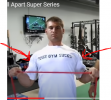My problem is that my shoulders are super painful when I try to do push-ups.
"If it hurts, don't do it."
If it is bad pain (which it sound like), why keep doing it; irritating it and not letting it heal?
I was good at benching a couple of years ago but it's been months since I did any at all. I'll try some bar-only bench presses.
Bench Press
This movement places a lot of stress on the shoulder; as you know, it is an upside down Push Up.
Major League Overhand Fast Ball Pitchers
Years ago, I attended a NSCA Strength Clinic.
One of the speaker was a PhD Physical Therapist for half the day on various topics.
One of the topics had to do with the number of Shoulder Ending Career Injuries of Major League Fast Ball Pitchers.
The main issues was how hard Overhand Fast Ball Pitches is on the shoulder.
The primary reasons that some pitchers had long and some pitcher had short careers was...
External Rotator Cuff Strength
1) Pitcher with long careers had strong External Rotator Cuff Muscles; which protected anterior shoulder.
2) Pitcher with short careers usually had weak External Rotator Cuff Muscles.
The Physical Therapist harped on Strength Coaches working with Baseball Pitchers perform a lot of External Rotator Cuff Strength Training.
Chris Thibaudeau, Strength Coach
Thibaudeau has echoed the Physical Therapist message on External Rotator Cuff Training.
As per Thibaudeau, for every Internal Rotator Cuff Movement (Pitching, Bench Pressing, Push Ups, etc) perform two (2) External Rotator Cuff Movements.
Underhand Fast Soft Ball Pitchers
As per the Physical Therapist at the NSCA Clinic, relatively few Underhand Fast Soft Ball Pitcher ever have any shoulder issues.
That because very little trauma is placed on the shoulder with in an Underhand Fast Soft Ball Pitch.
With that said, let look at how altering the Hand Grip can minimize trauma to the shoulder, as with Underhand Fast Soft Ball Pitching.
Bench Press Example
1) Pronated Grip
This is the Traditional Hand Grip (palm facing away from you) method of Bench Pressing.
As with Major League Overhand Fast Ball Pitching, it places a lot of stress on anterior shoulder.
2) Supinated Grip
This is an Underhanded Grip (palm are facing you) Bench Press Method.
As with Underhand Fast Soft Ball Pitching, less stress is placed on the shoulder.
This is a good article on it...
Reverse Grip Bench Press
Don't be scared. The reverse-grip bench press can be safely used to hit new, pain-free PR’s. Here’s how.

www.t-nation.com
3) Angled Grip
Angling the Bench Press Grip so that it is in an almost Neutral Hand Position with the bar, take the stress off the shoulder.
To obtain the Angle Grip with an Olympic Bar, a Thumbless Grip is required. It allows you to slightly rotate the your hand to into a
Quazi-Neutral Grip Position.
4) Swiss Bar
The Swiss Bar allows for Neutral and Quazi-Neutral Grip Positions; taking pressure off the shoulder.
5) Dumbbell Neutral Grip Bench Pressing
Dumbbells allow for Neutral Grip or Supinated Pressing Positions.
Personal Experience
Due to a shoulder injury, I now use a Reverse Grip Bench Press. It was a learning experience. I started off performing the Reverse with 95 lbs.
I'd equate the Reverse Grip Bench Press with learning to eat and write with your left hand, when you are right handed.
I also have a Swiss Bar. That is a huge shoulder saver. In place of it, perform Neutral Grip or Reverse Grip Presses.
The Take Home Message
In learning a new technique or exercise...
1) Be Patient
It amounts to, "Taking one step backward so you can take two step forward".
2) Anything Different, Does Not Feel Right
The key is to, "Keep doing it until it feel right, natural."



